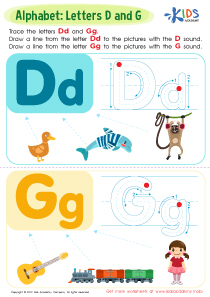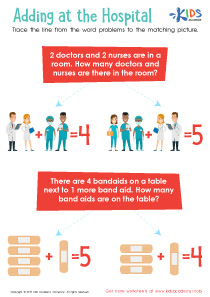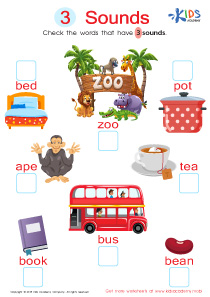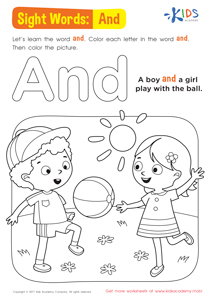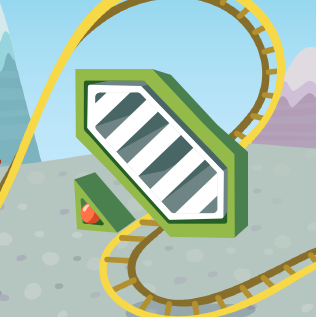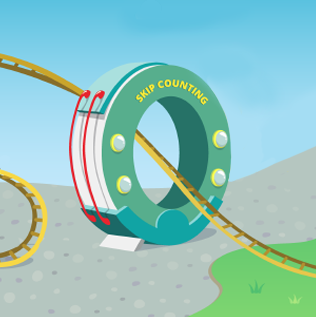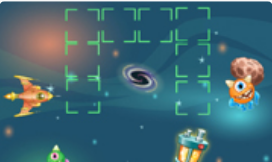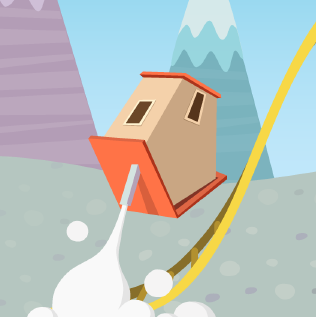Math Lessons | Telling Time, Grade 2
0 results
Our Telling Time Lessons for Grade 2 aim to teach young students how to read the clock and tell time like a pro! Our interactive worksheets, accompanied by engaging educational videos and assessment quizzes, create a fun and active learning experience for children. With our lessons, learners will gain a solid foundation of the basic concepts and skills required to tell time with ease. These lessons allow students to identify time on digital clocks, analog clocks and practice calculating elapsed time. Start developing your child's time-telling skills now with our Telling Time Lessons!
Telling Time Lessons
Telling time is an essential life skill that every child should learn at an early age. It helps them know what time of the day it is, manage their time efficiently and plan their activities accordingly. Moreover, good time management skills can prevent them from being late for their appointments, school, and other important events.
This is why we have designed Telling Time Lessons on our platform to help children, specifically in Grade 2, become proficient in time-telling skills. Our lessons not only introduce children to the concept of time but also teach them how to read the clock, understand the difference between analog and digital clocks, and other important concepts.
We have structured our lessons in an interactive format that not only makes them engaging but also easier to understand. Children learn better when they are drawn into the lesson, and our interactive worksheets help us achieve this. The worksheets use a variety of exercises, including drawing clock hands and writing the time in both analog and digital formats. These exercises help children to practice their skills and solidify their concepts.
However, we do not rely solely on the worksheets. We also incorporate educational videos to make our lessons more impactful. The videos use different visual aids to explain the concept of time, such as a video on how the earth rotates and revolves. These tools help children understand the science behind time and why we need clocks.
To ensure that the children have understood the concepts, we also have assessment quizzes after every lesson. The quizzes test their learning and give us feedback on their understanding of the topic. The quizzes also give the children an opportunity to revise and practice their skills.
Our Telling Time Lessons have several advantages for children in their studies. Here are some of them:
Improved Time Management Skills:
Understanding time and how it works helps children manage it better. Learning how to read a clock enables them to not only estimate how much time they have but also plan their activities accordingly. This skill improves their efficiency in completing tasks on time and helps them manage their schedules better.
Increased Self-Confidence:
When children understand the concept of time and can read the clock, they feel a sense of accomplishment. This sense of achievement can translate into increased self-confidence, making them more willing to participate in class and take on new challenges.
Improved Mathematical Skills:Reading a clock is not only about understanding the concept of time but also about math. Our lessons incorporate math into time-telling skills, making our lessons a two-in-one package.
